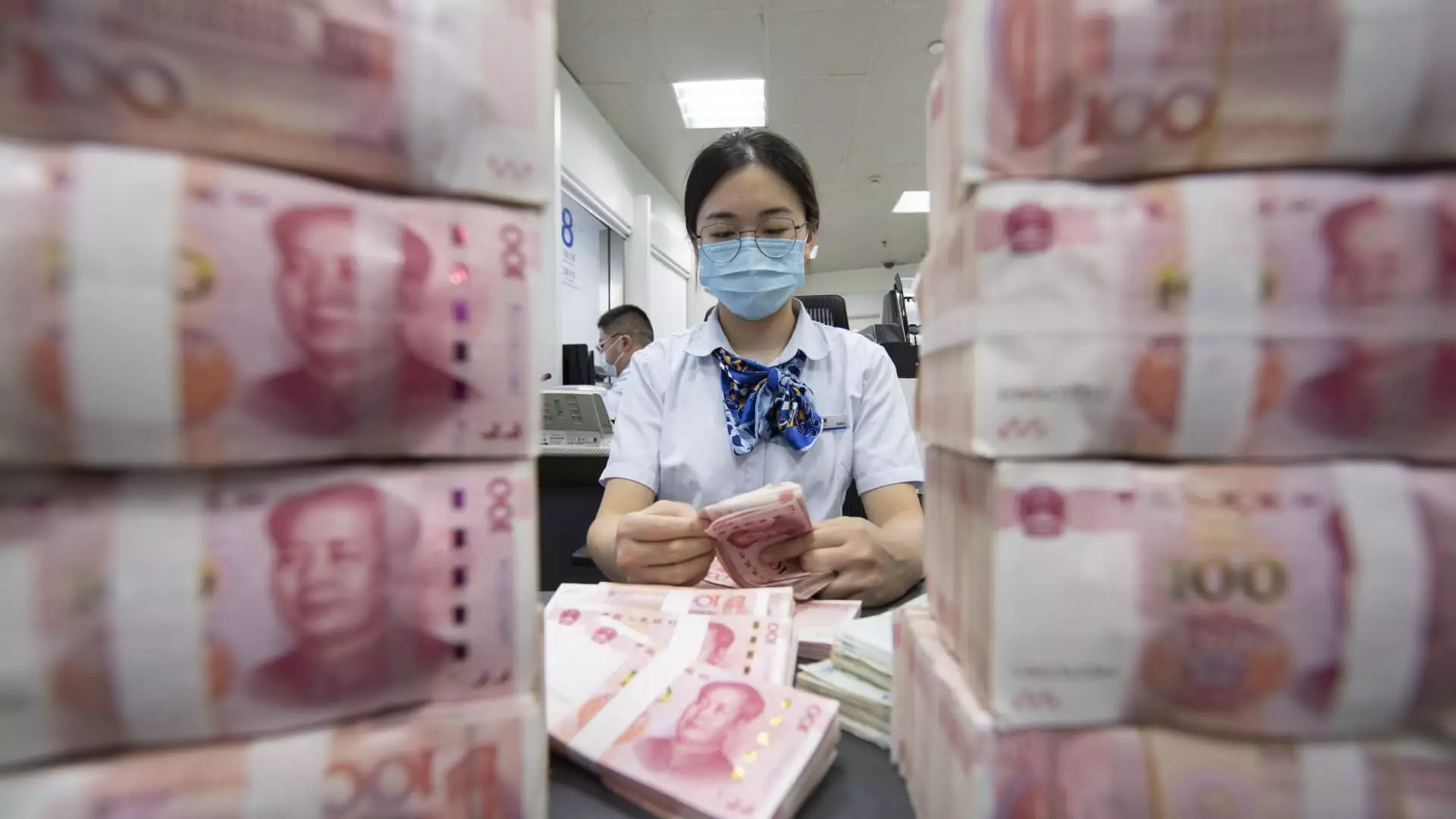Over the last decade, the landscape of global wealth has undergone a dramatic transformation. A recent report from New World Wealth and Henley & Partners unveils an explosive growth in the population of centimillionaires—individuals with investable wealth exceeding $100 million. As prosperity spreads, particularly across China and the United States, the demographic of the ultra-wealthy is expanding in unforeseen ways. This transformation points not only to economic triumphs but also to the underlying challenges that accompany this newfound affluence.
The Centimillionaire Phenomenon
Centimillionaires are distinguished by their extraordinary financial status. The report notes a staggering 54% increase in their numbers over the past decade, culminating in a global total of 29,350. Juerg Steffen, CEO of Henley & Partners, characterizes this growth as a “centi-millionaire boom,” particularly noting China’s lead in this global surge. With an impressive 108% increase, China has outstripped the United States, which saw an 81% rise in its own centimillionaire population. The influx of new wealth is largely attributed to the emergence of tech moguls and industrial giants, showcasing a shift in the sources of wealth.
Despite the impressive numbers, it’s essential to address China’s economic hurdles that are casting a shadow over this remarkable growth. The country has wrestled with a challenging economic environment in recent years, marked by a faltering property sector, stubbornly high unemployment rates, and diminished domestic spending. Andrew Amoils, a wealth analyst, notes that while there was substantial centimillionaire growth between 2013 and 2020, the post-2020 landscape has seen only a modest increase of about 10%. This stagnation raises critical questions about the sustainability of such wealth accumulation amidst economic instability.
Future Projections: Growth Amid Challenges
Looking ahead, cities like Hangzhou and Shenzhen are emerging as potential powerhouses for centimillionaire population growth. Both cities are projected to witness exceptional growth rates of over 150% by 2040, outpacing many of their counterparts. With Hangzhou’s GDP showing a year-on-year increase of 6.9% in the first half of 2024 and Shenzhen’s growth at 5.9%, these cities exemplify resilience despite the broader economic challenges present in China.
Experts predict a noteworthy increase of 80% to 100% in China’s centimillionaire population over the next two decades, suggesting that the wealth boom may not be a fleeting phenomenon. However, as the global landscape evolves, both China and the United States are set to exceed the global average growth rate of around 75% by 2040. Concurrently, cities across Asia and the Middle East, such as Taipei, Dubai, and Bengaluru, are also expected to experience significant growth in their ultra-wealthy populations.
A Global Wealth Divide
While certain regions flourish, established financial hubs in Europe, including Zurich, Chicago, and Madrid, may struggle to keep pace, with predictions of growth rates below 50%. This disparity raises pertinent questions about the factors contributing to the wealth divide. According to Steffen, the sluggish performance in Europe can be traced back to stagnant economic growth in major markets like Germany, France, and the UK. Conversely, smaller nations, such as Monaco and Malta, have reported significant increases, highlighting that regional differences can profoundly impact wealth dynamics.
As we analyze the trajectory of wealth accumulation, the political landscape undeniably plays a pivotal role. In the United States, the outcome of the upcoming presidential elections is expected to have significant implications for centimillionaire growth and migration trends. David Young, from The Conference Board, emphasizes how changes in fiscal, monetary, and social policies can drastically influence wealth patterns. The growing interest among affluent Americans in alternative residency options indicates a response to the evolving political climate, suggesting that the intersection of wealth and governance will remain a critical focus for future analysis.
The expansion of the centimillionaire population globally signifies a tectonic shift in wealth distribution, with emerging markets like China and cities in Asia and the Middle East taking the lead. However, economic turbulence, political uncertainties, and regional disparities pose challenges that require ongoing scrutiny. As we continue to observe these dynamics unfold, it becomes essential to remain critical and aware of the various factors that influence this new era of ultra-wealth and its broader implications for society. The richness of this narrative lies in understanding not just the numbers but the stories and environments that give rise to such remarkable wealth.

